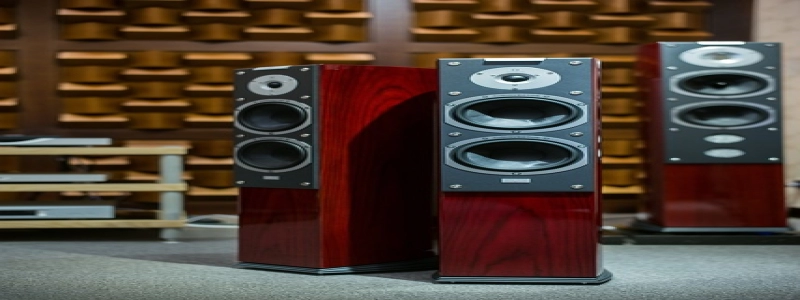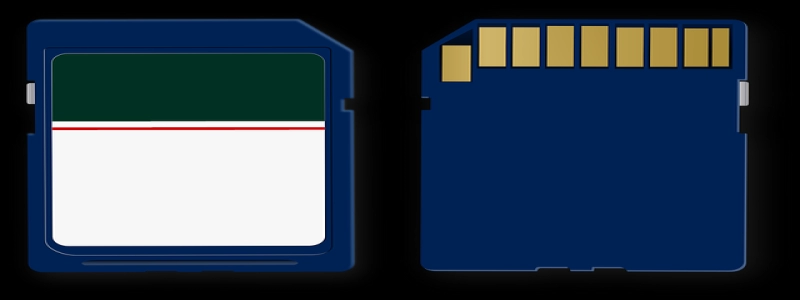Radar Transceiver
Introduction:
The radar transceiver is a key component of radar systems used for detecting and tracking objects in various applications. This article provides a detailed explanation of the radar transceiver, including its purpose, components, and working principle.
I. Purpose:
The radar transceiver is designed to transmit and receive electromagnetic waves, allowing the radar system to detect the presence, location, and movement of objects in its vicinity. It plays a crucial role in converting electrical signals into radio waves for transmission and then receiving and analyzing the reflected signals to determine the properties of the detected objects.
II. Components:
The radar transceiver consists of several essential components that work together to achieve its purpose. These components include:
1. Antenna: The antenna is responsible for transmitting and receiving electromagnetic waves. It emits a high-frequency radio signal in a specific direction and collects the reflected signals.
2. Transmitter: The transmitter generates the required high-frequency radio signal, which is then amplified to a suitable power level for transmission through the antenna. It ensures the signal has enough strength to reach the desired distance.
3. Receiver: The receiver amplifies the weak reflected signals received by the antenna. It then filters and demodulates the signals to extract the useful information, such as the time delay and amplitude, necessary for object detection and tracking.
4. Mixer: The mixer is responsible for combining the transmitted signal with the received signal. It produces an intermediate frequency signal that is easier to process and analyze. The mixer also helps in down-converting the frequency of the received signal for better reception and performance.
III. Working Principle:
The radar transceiver operates based on the principle of Doppler effect and time delay. When the transmitter emits a radio wave, it travels through space until it encounters an object. The electromagnetic wave is partially absorbed, scattered, or reflected back by the object.
The reflected wave is received by the antenna and then fed to the receiver. The receiver processes the received signal, analyzing its frequency shift caused by the Doppler effect and the time delay between transmission and reception. These properties provide information about the object’s speed, direction, and distance.
By continuously transmitting and receiving signals, the radar transceiver can detect multiple objects simultaneously and track their movements in real-time.
Conclusion:
The radar transceiver is a critical component of radar systems used in various fields, including aviation, weather monitoring, navigation, and defense. Its ability to transmit and receive electromagnetic waves enables the detection and tracking of objects with high accuracy. Understanding the purpose, components, and working principle of the radar transceiver provides valuable insights into its importance and functionality in radar technology.








